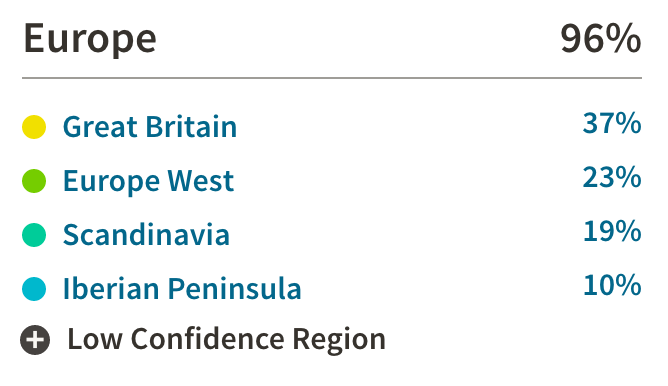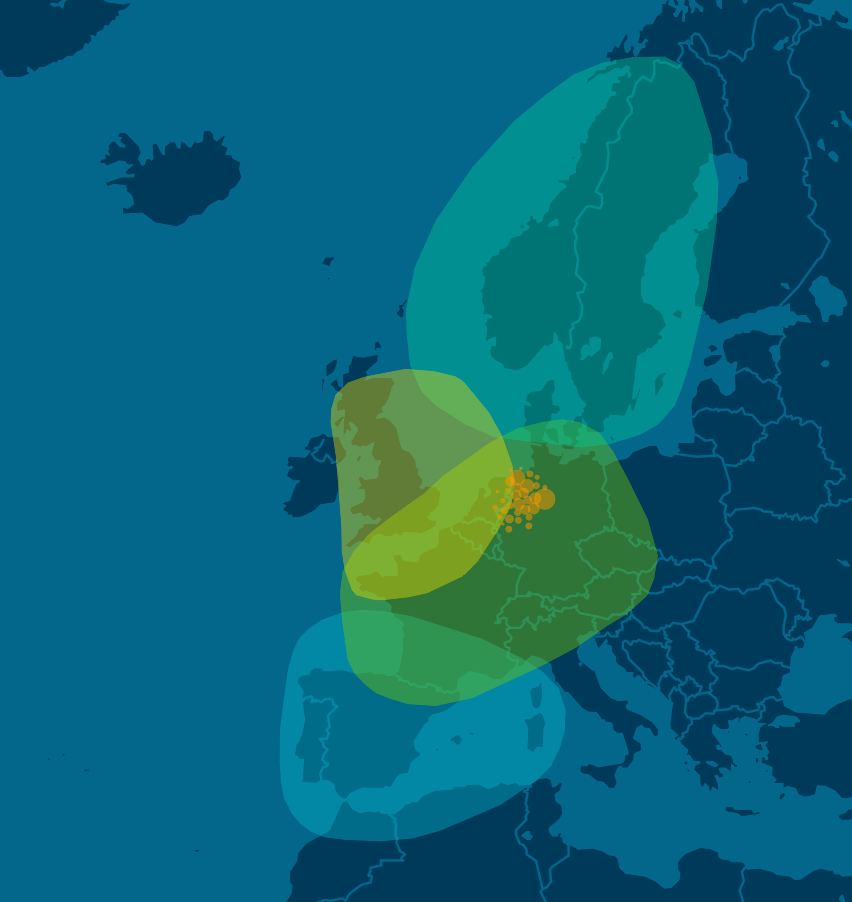Mantises arguably qualify as cool members of the insect class. They’re also really creepy. But, like spiders, they adhere to what I like to call the “Quarter Rule”. That is to say, if they’re smaller than a quarter, then they’re cool/cute. If they’re bigger, then I’m grabbing my 20ga.
But the one I found met the cool size requirement. As I was inspecting my jalapeño plant, I noticed this little guy hanging out, blending in nicely with the bright green:



They’re primarily ambush predators, and I recall from my childhood that once they claimed a spot, they tended to not leave unless hungry. It’s been a week and he’s still there. So it would seem that my jalapeño is lucky enough to have its own guardian.
–Simon











